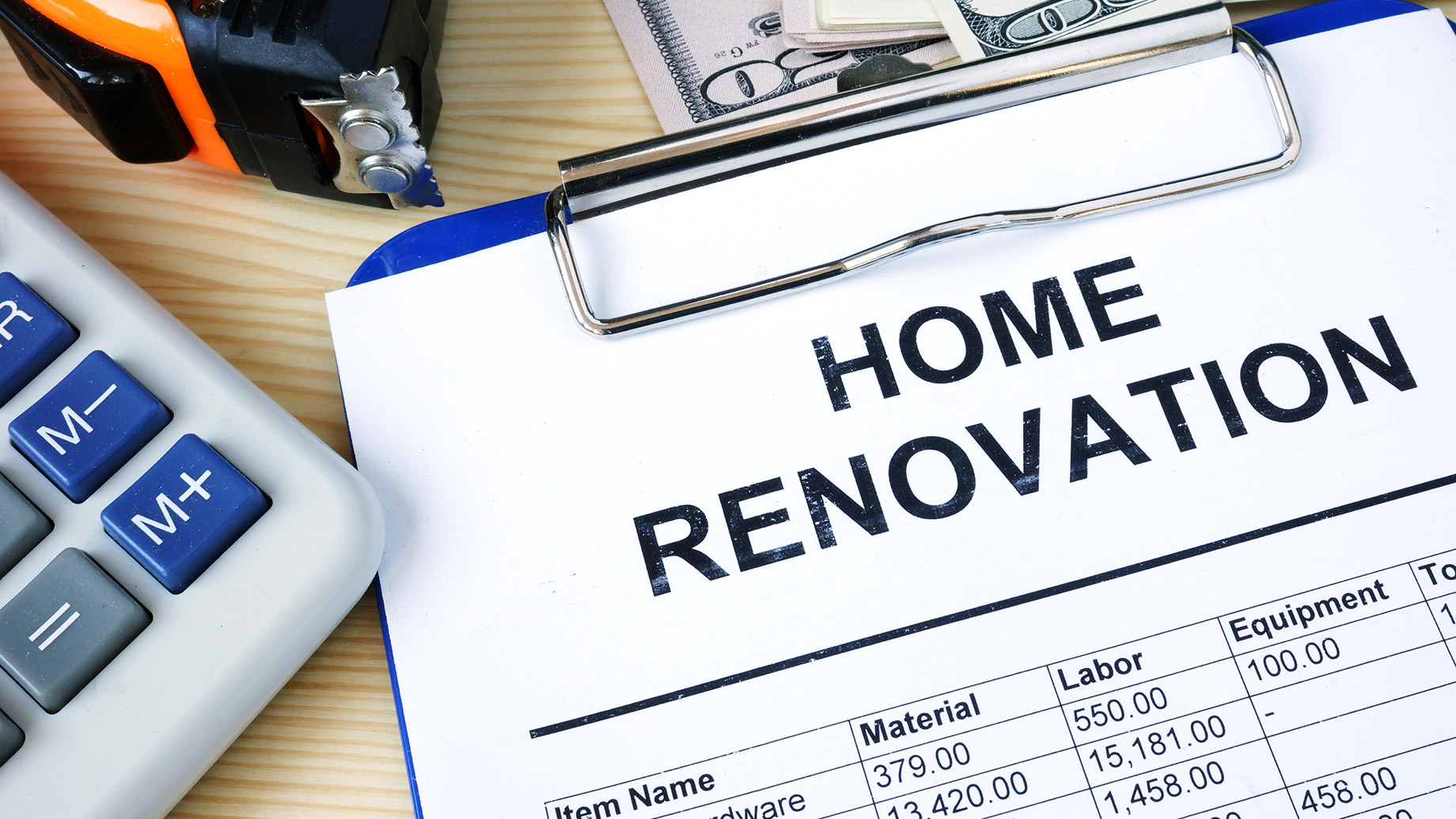
Home renovation can be a costly investment. But if done properly, it can increase the value of your property. If you’re planning to sell your house in the future, a strategically-planned home renovation will return a good amount against your investment.
No matter how prepared you seem for a renovation, you can always overspend if you don’t have a solid plan. So, prepare it months ahead to save yourself the stress and hassle.
Set Your Vision
Before you begin the renovation, it’s important to set your vision for the project. Going into it blind will create unnecessary confusion and increase your expenses. You also might not be satisfied with the result. So, set the vision at least 5-6 months before the renovation.
Start with listing down which rooms of the house you want to remodel and why. If you can accomplish the job through small repairs instead of a complete remodel, you might want to consider that to save money.
Prepare sketches and blueprints of your finished project to document your expectations. They will help you realize your vision, and you can easily communicate the details with your contractor. Set a timeline for the project so that you can budget the renovation accordingly and don’t overspend.
Your house will be unlivable during the remodeling, so include a plan for a temporary hideout (with a kitchen and a bathroom, if required) until you can shift back to your renovated space.
Prioritize Renovations with High ROI
Renovating a square foot of space can cost you between $60-$150. So rather than remodeling all the rooms, you should identify specific spaces which will return the highest on your investment.
You can research the costs of renovating each space online. Many websites suggest what percentage of your budget you should spend on each space, along with the exact estimate for renovating each room. It helps to prepare your budget with better accuracy.
If you research the real estate market, you can easily gauge what the potential buyers are looking for in their houses. It will increase the chances of selling your renovated house.
Create a Savings Plan Alongside Your Budget
Renovations cost a lot, which is why preparing a budget estimate and savings plan ahead is always a wise step. Create a spreadsheet with your wish list and the amount you can spend after each – and this gives you the estimated budget. The number can also come from the amount you have saved for the project.
If you don’t have the time to save money for the renovation and need it immediately, you can try different financing options. Home equity line of credit (HELOC), a reverse mortgage line of credit, or other personal loans are a few options you can consider.
To save money and stay within your budget, begin the project by researching extensively about the remodeling process – possibly 2-3 months before the actual renovation. Learn the process inside out. It will give you an estimation of how much you should spend and where you can save money.
Study home renovation mistakes to avoid them during your project to save money. Similarly, study the required materials – such as flooring options. Mix up expensive and cheap flooring in different rooms to save a few dollars. There are inexpensive upgrades in the market that look expensive. Add them to the mix to save further.
If you need help with finances, consider a home equity line of credit or reverse mortgage (you can see how much you’d qualify for based on this calculator.
Get Quotes from Multiple Contractors
Good contractors are the key to good renovation. Before you decide on a contractor, collect quotes from at least three to five of them to understand your benefits against their offerings. A good contractor will not only work on the to-do list of the project but will also address any underlying issues your property might have. Look at their profile, years of experience, and references before asking for a quote.
After reviewing their quotes, call them for an interview and speak to them about your expectations in detail. If your visions for the project don’t match, don’t hesitate to exclude them from the list.
Cut Down Hidden and Unexpected Costs
Despite listing every little detail in your to-do list, you might incur costs that are unexpected, such as rewiring, painting, and plumbing jobs. Be prepared for them and create a cushion amount for these unplanned expenditures.
Carry out a few tasks yourself to cut these costs – do the initial demolishing on your own. Paint the walls and patio floors yourself. Check the walls listed for repair and see if they require a complete replacement. This way, you can save the cost of multiple unnecessary repairs in the future. Remove the waste on your own. Buy used or scratch-and-dent items at resale shops to save a few extra dollars.